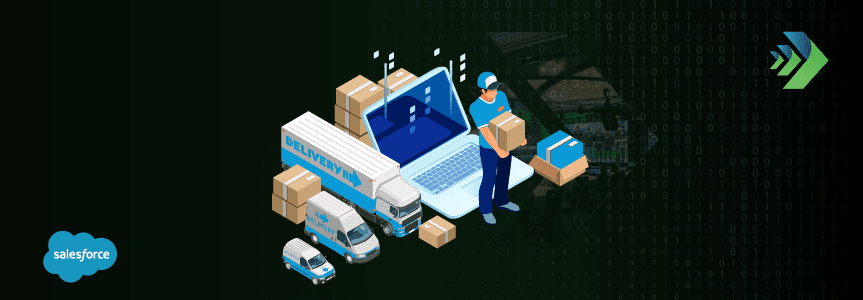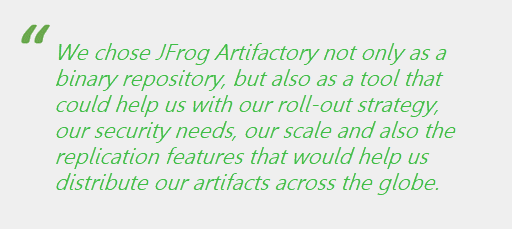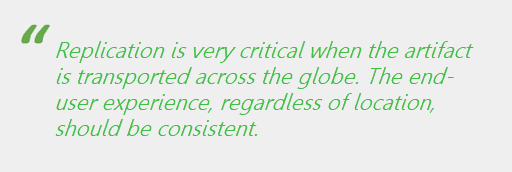SwampUP Leap: Salesforce’s Last Mile Delivery at Scale

At this year’s swampUP 2020 conference, we were fortunate to have several customers who showcased their skillful use of our products for achieving ambitious goals. One such session presentation was delivered by Navin Ramineni, Director of Infrastructure Engineering at Salesforce.

Salesforce’s Need for Scale: By The Numbers
The JFrog Platform helps enable Salesforce to operate at global enterprise scale:
- More than 200 instances of Artifactory, distributed across the globe
- Upto 92 million requests for artifacts per day
- Replication of 4TB of data across the globe through Artifactory’s multi-site replication
- Ability to support 20,000 builds per day
- Ability to promote and consume 150 artifacts in production per day
The Infrastructure engineering team supports a diverse set of development teams. So, they needed extensive support for a wide range of package types. They also saw an explosion in the number of artifacts, as the engineering teams evolved away from monolithic apps towards a microservices based architecture. They needed a tool that could support this evolution, and they found Artifactory’s scalability and support for over 27 package types to be the right fit.
Security and Compliance
Salesforce required a high degree of isolation between their R&D and production environments. Communication between these environments is governed by some strict rules. They also have special considerations for their government environments, which have to be both physically and logically isolated from the infrastructure used for Salesforce’s other customers.
To support their security and compliance needs, Salesforce demanded a delivery mechanism that included a “wall” between their R&D and production environments. This wall consists of an intermediary staging repository which they call their “DMZ zone.” The movement of artifacts from the R&D to production via the DMZ is facilitated by Artifactory’s support for various styles of replication: push replication, pull replication, event-based replication, and scheduled replication. Navin explains details of this elaborate delivery mechanism in his session presentation.

Multiple Rollout Strategies
Salesforce’s R&D teams are highly distributed and some wanted to host their binary repositories directly on bare metal infrastructures in their on-prem data centers, while others preferred to keep them in a public cloud service. They also required their artifacts related to canary deployments to be exhaustively tested before changes were rolled out to production data centers. Rigorous quality validations and schedules meant that releases had to be staggered across data centers. Geolocation-based releases during off-peak hours are also important for ensuring minimal customer impact. These different roll-out strategies were easy to handle with Artifactory.
Hear the Story, From the Trenches
You can hear about Navin’s experience with Artifactory directly from him. His conference session from JFrog’s SwampUP 2020 conference was recorded and is available for on-demand access. If you want to know how to go big with Artifactory, you will definitely want to hear directly from him:




